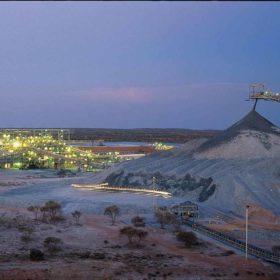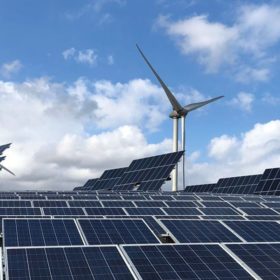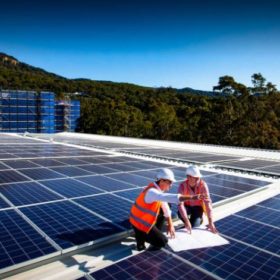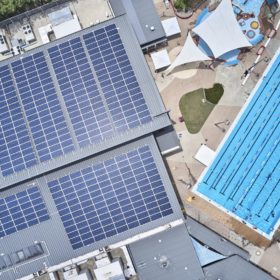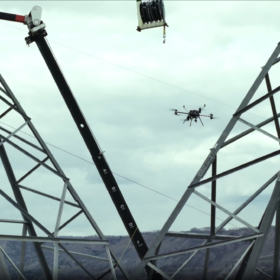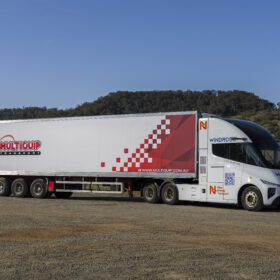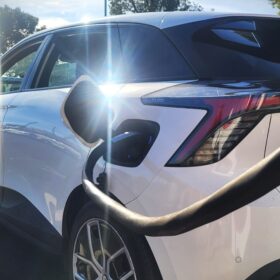Saturday read: Southeast Asia’s big PV plans – 27 GW by 2025
PV markets in Southeast Asia have picked up over the past two years, driven by the astounding growth of Vietnam. Regional policies, combined with growing demand for renewable power in the manufacturing industry, will result in 27 GW of new PV installations across the region over the next five years, writes IHS Markit analyst Dharmendra Kumar. PV installations in these countries are driven by attractive feed-in tariffs, net energy metering, tariff-based auction mechanisms, and other incentives.
Tesla deal tipped to help drive BHP’s net zero ambitions
Australian-headquartered mining giant BHP has signed a nickel supply agreement with United States-based electric vehicles manufacturer Tesla amid reports it is considering exiting oil and gas in a move that would accelerate its retreat from fossil fuels.
Fossil fuel subsidies labelled ‘reckless’ as renewables hit new highs
The Morrison Government’s continuing support of fossil fuels has been labelled “reckless” as new figures provided by the Climate Council show that renewable energy generation in the National Electricity Market rose to record highs in the first half of 2021.
Wollongong Uni to host renewable energy focused training centre
The University of Wollongong has secured $5 million in federal government funding to establish a renewable energy focused training centre which will address the “complex and challenging issues” currently limiting the growth of renewables, including solar PV and wind energy in Australia.
Think tank puts end date on sale of petrol and diesel cars in Australia
The Grattan Institute has recommended the sale of new petrol and diesel cars be phased out in Australia by 2035 in a bid to “supercharge the switch to electric vehicles” to help cut carbon emissions to net zero by 2050.
Western Australia joins industry-led green hydrogen certification scheme
Western Australia’s McGowan Government has joined fellow state and territory governments in joining the Smart Energy Council’s industry-led Zero Carbon Certification Scheme. As the region with the largest proposed green hydrogen projects in the world, this is a significant step toward ensuring a future in which green hydrogen is prioritised.
Vaulta’s innovative EV battery casing wins Federal government grant
Brisbane-based battery casing company Vaulta has more to celebrate than just Brisbane’s winning 2032 Olympic and Paralympic bid. The company has won a Federal government Accelerating Commercialisation grant that will see its innovative design pushed ahead as the tide of electric vehicles rising globally.
Conservative strongholds now showing strong support for clean energy, survey finds
More than half of regional Queenslanders believe clean energy industries will be major employers by 2030, according to a new survey, while just shy of half support transitioning to a renewables-dominated grid in the next 15 years or sooner. The survey focussed only on regional Queensland, excluding greater Brisbane area and Gold Coast, an area renowned for conservatism.
Importers could pay EU carbon tax from 2026
European commissioner for economy Paolo Gentiloni has outlined how the commission’s planned revision of the energy taxation regime, and introduction of an EU carbon border, could be applied.
ARENA provides $2 million to help biggest industrial emitters green supply chains
The Australian Renewable Energy Agency will provide $2 million to ClimateWorks Australia for the next phase of the Australian Industry Energy Transitions Initiative, which is aims to support some of the country’s biggest companies to decarbonise.

